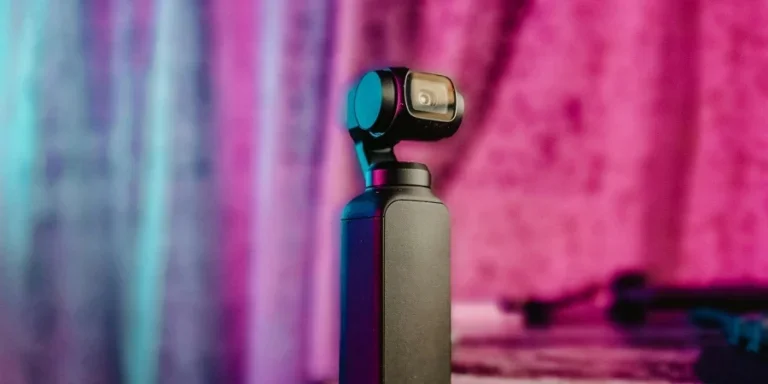Table of Contents
● Introduction
● Market overview
● Different types of camcorders
● Things to consider when selecting products
● Conclusion
Introduction
Mini camcorders offer unparalleled convenience and versatility for capturing good quality videos, making them essential tools for content creators, filmmakers, and hobbyists alike. With advancements in technology, these compact devices deliver exceptional video quality and user-friendly features. The growing demand for lightweight, high-resolution recording solutions highlights the importance of mini camcorders in various professional and creative applications. By combining portability with powerful performance, mini camcorders meet the evolving needs of modern video production. As a result, they remain a preferred choice for those seeking reliable and efficient video recording equipment.
Market overview
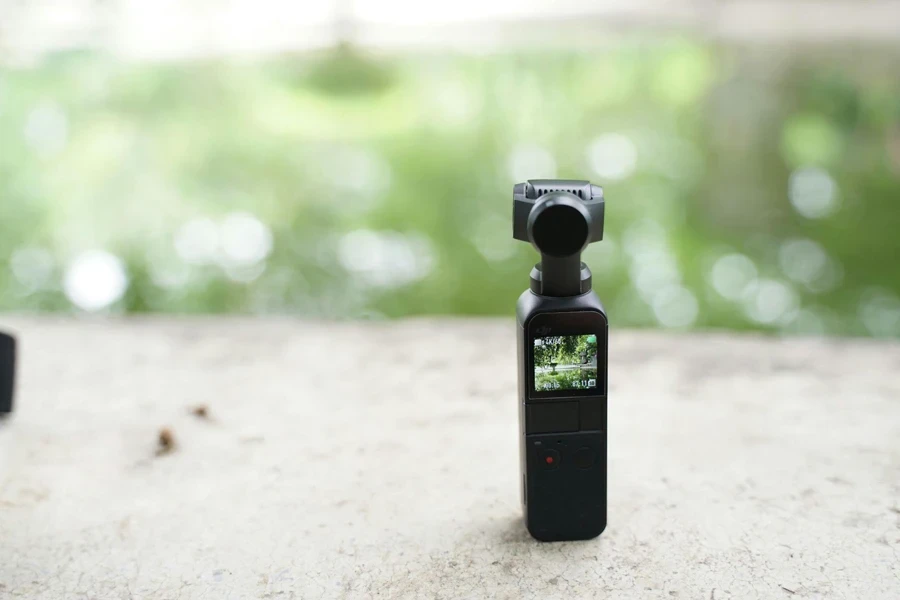
Market scale and growth
The mini camcorder market was valued at USD 4.86 billion in 2023, with projections to reach USD 13.9 billion by 2030, growing at a CAGR of 16.3%. This growth is driven by the increasing demand for good quality video content from creators across various platforms. The market benefits from advancements in technology, such as improved stabilization and higher resolution capabilities, which enhance the overall user experience. Additionally, the integration with smartphones and the focus on niche markets like professional videography and action cameras are notable trends influencing market dynamics.
Current trends
The market is witnessing a shift towards lightweight, high-resolution camcorders. According to Verified Market Reports, the popularity of compact and portable video recording devices is rising, catering to both personal and professional use. The impact of smartphones with advanced video capabilities continues to shape consumer preferences, pushing camcorder manufacturers to innovate and differentiate their products. As a result, mini camcorders are evolving to offer features that appeal to a broad range of users, from vloggers to professional filmmakers.
Different types of camcorders
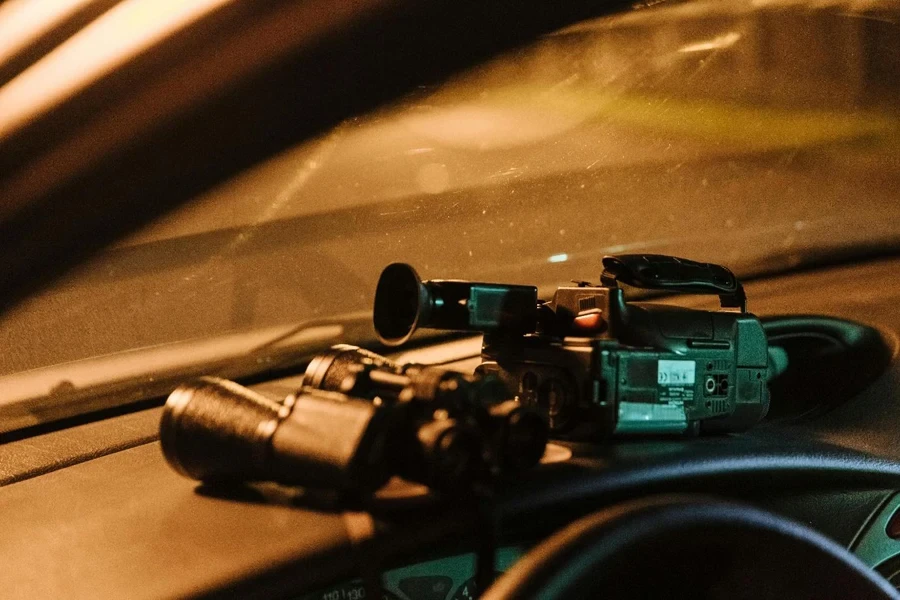
Mini-DV camcorders
Mini-DV camcorders are known for their good quality footage due to the low compression of digital video tapes. These camcorders typically offer a recording time of 60 to 90 minutes per tape, depending on the recording mode (standard or long play). They use three-CCD sensors for accurate color reproduction and better image quality. Despite their robust performance, the process of digitizing footage for editing can be time-consuming, as it must be done in real-time. Mini-DV camcorders also feature FireWire connections for faster data transfer to computers.
DVD camcorders
DVD camcorders record directly onto 8cm DVDs, providing the convenience of immediate playback on any DVD player. They generally support multiple recording formats such as DVD-R, DVD-RW, and DVD+RW, with recording times ranging from 30 minutes to 120 minutes, depending on the quality setting. These camcorders often include built-in optical zoom lenses, typically ranging from 10x to 20x, and basic image stabilization features. However, the high compression rate of the video can result in lower video quality compared to other formats.
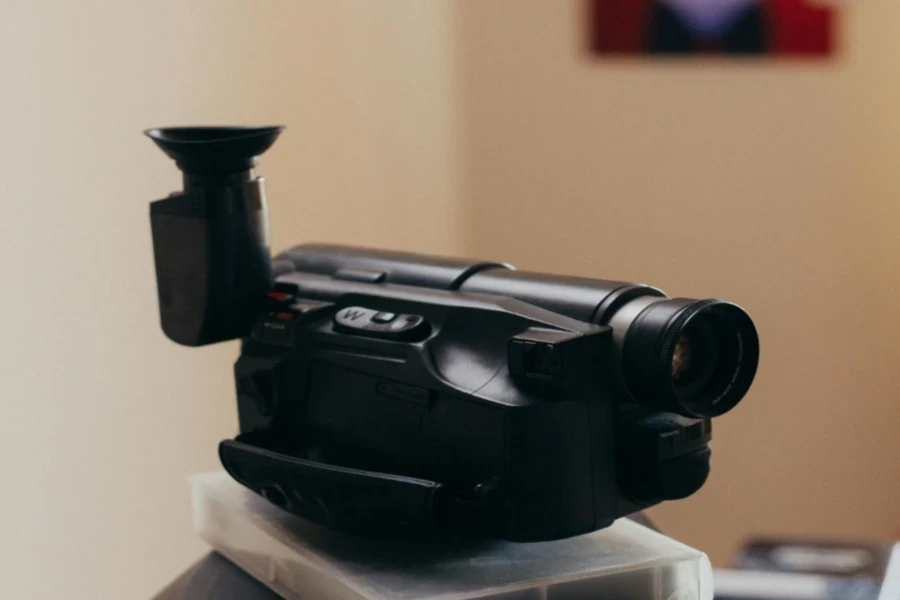
Hard Disk Drive (HDD) camcorders
HDD camcorders feature internal hard drives with capacities ranging from 30GB to 500GB, allowing for extended recording times without the need for additional storage media. A 120GB hard drive can store up to 30 hours of high-definition video. These camcorders often come with advanced features such as optical image stabilization, 3-inch LCD touchscreens, and high-resolution CMOS sensors that enhance low-light performance. They also include USB and HDMI ports for easy file transfer and playback on external devices.
Flash memory camcorders
Flash memory camcorders store footage on removable flash memory cards such as SD, SDHC, or Memory Stick. These camcorders are compact and lightweight, making them ideal for on-the-go shooting. They often support multiple card slots, enabling users to expand storage capacity easily. Flash memory camcorders feature advanced technologies such as back-illuminated Exmor R CMOS sensors for improved low-light performance, and some models offer 4K Ultra HD recording. High-speed data transfer rates and superior durability against physical shocks make these camcorders a reliable choice.
Combo models
Combo camcorders integrate both HDD and flash memory, providing users with the flexibility to choose between the two storage options based on their needs. These camcorders typically offer dual slots for SD cards in addition to an internal hard drive, allowing seamless switching between storage media. They feature advanced recording capabilities such as 5-axis image stabilization, hybrid autofocus systems, and high-resolution sensors capable of capturing 4K video. Combo models often come with built-in Wi-Fi and NFC for easy sharing and remote control via smartphones or tablets.
Things to consider when selecting products

Sensor size and resolution
Larger sensors and higher resolutions are crucial for capturing detailed and good quality video. Camcorders with sensor sizes of 1 inch or larger, such as full-frame sensors, can capture more light, which enhances video quality, especially in low-light conditions. Resolutions can vary from HD (720p) to 4K (2160p) and even up to 8K (4320p), providing sharp and detailed images. Higher resolution sensors are particularly beneficial for professional videography, offering the flexibility to crop and zoom without losing image quality.
Optical zoom
Optical zoom allows for close-up shots without sacrificing clarity, which is vital for capturing distant subjects with detail. Camcorders can offer optical zoom ranges from 10x to 50x or more. Variable zoom lenses provide versatility, allowing users to adjust the zoom level based on the shooting scenario. This feature is especially useful for event coverage and wildlife filming, where maintaining image quality at varying distances is essential.
Image stabilization
Image stabilization is key for producing smooth and stable footage, particularly when shooting handheld or in motion. Camcorders may use optical image stabilization (OIS), electronic image stabilization (EIS), or a combination of both. OIS physically adjusts the lens or sensor to counteract movement, while EIS uses software to reduce motion blur. Advanced camcorders often feature 5-axis stabilization, which compensates for movement along multiple axes, ensuring steady footage in various shooting conditions.
Audio quality
Audio quality is a critical aspect of video production. Built-in microphones offer convenience but may not provide the best sound quality, especially in noisy environments. External microphone inputs, such as XLR or 3.5mm jacks, allow for the use of good quality microphones, resulting in clearer and more professional audio. For professional videography, using external microphones or audio recorders can significantly enhance the overall production quality.
Connectivity
Connectivity options are important for file transfer and device integration. Camcorders typically come with USB ports for direct connection to computers and HDMI ports for playback on external displays. Wireless options like Wi-Fi and Bluetooth enable easy file sharing and remote control via smartphones or tablets. Some camcorders also support NFC for quick pairing with compatible devices. These connectivity features facilitate seamless integration into various workflows, enhancing the user experience and efficiency.
Conclusion
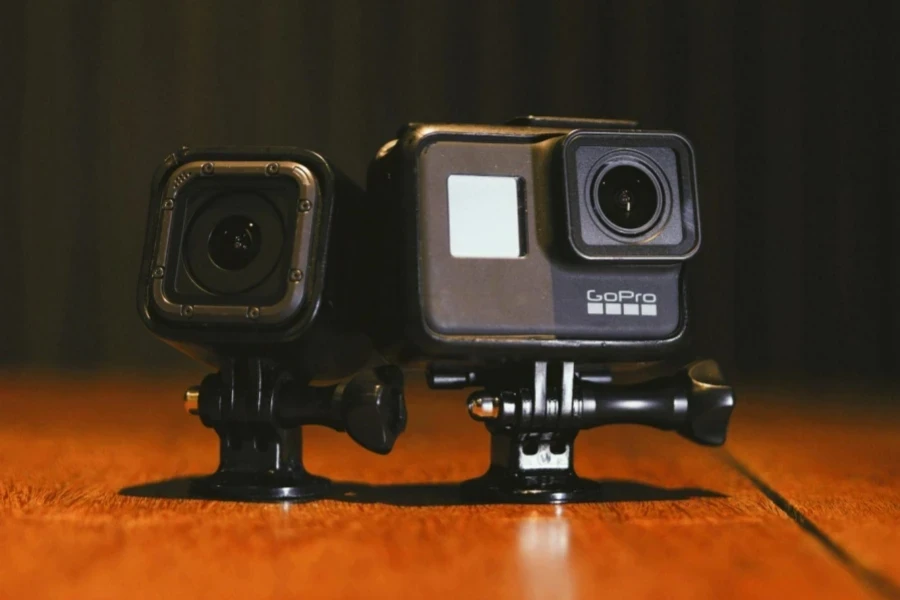
Selecting the right mini camcorder involves understanding market trends, the types available, and key features to consider. By focusing on specific needs and the technical capabilities of the camcorder, it is possible to make an informed decision that enhances video production efforts. Evaluating factors such as sensor size, resolution, optical zoom, image stabilization, audio quality, and connectivity ensures the chosen camcorder meets professional requirements and delivers good quality results. With careful consideration, the ideal mini camcorder can significantly improve the efficiency and quality of video projects.
